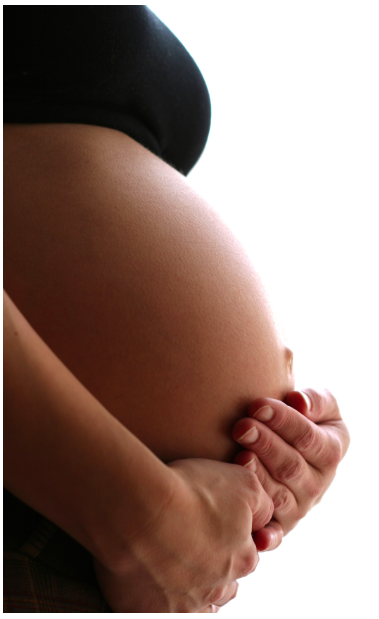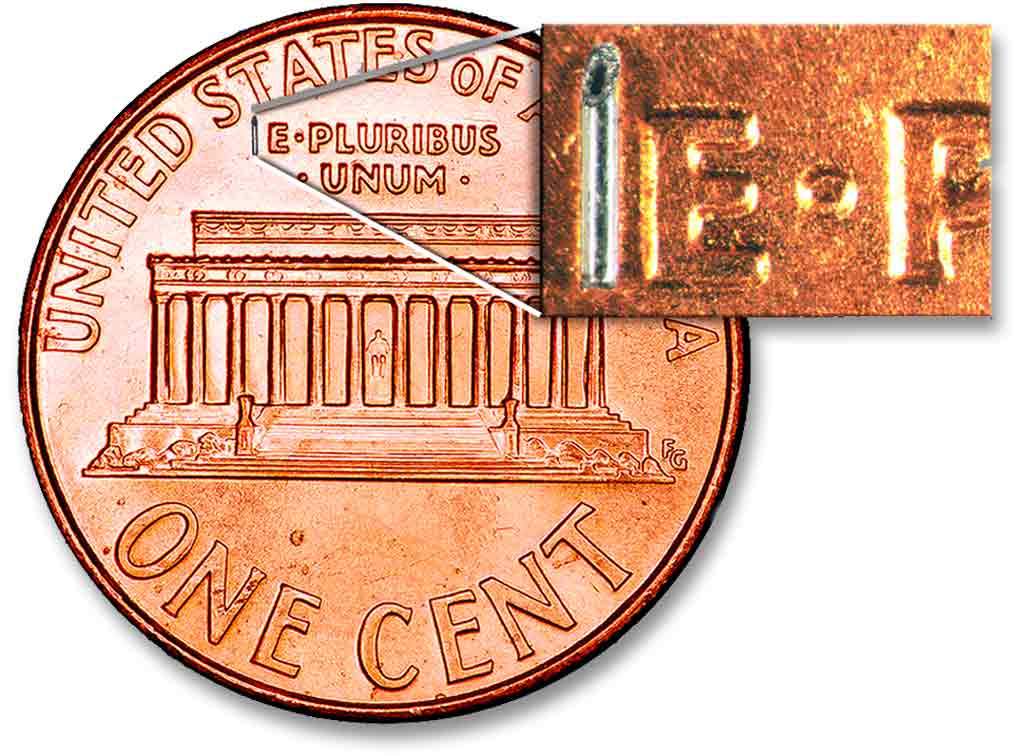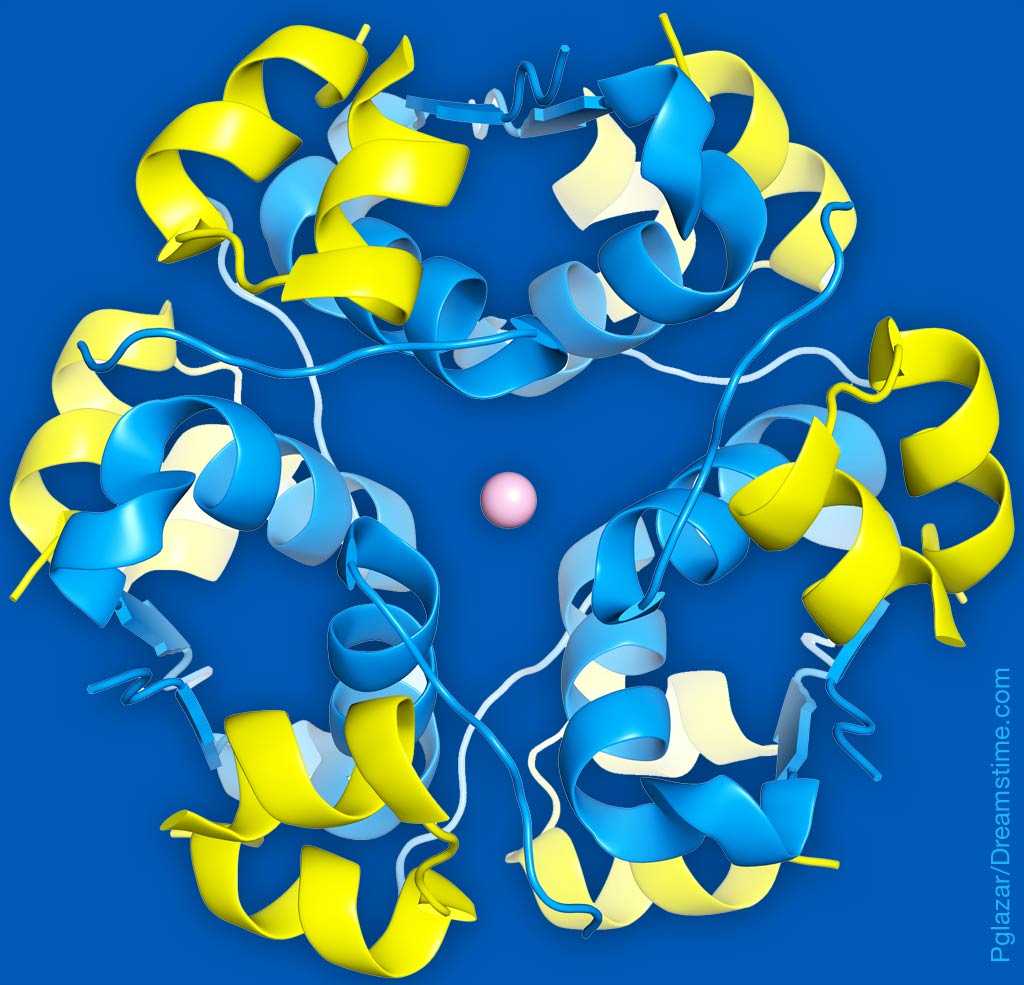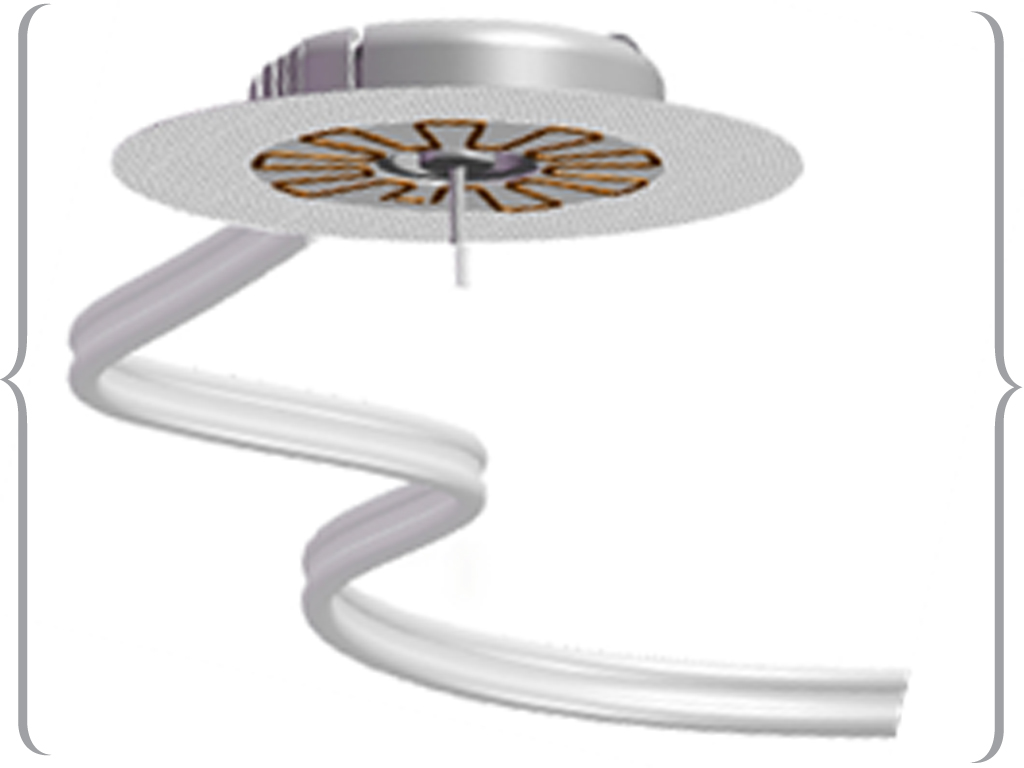Diabetic Ketoacidosis – its Causes and its Treatments

Certified diabetes educator Becky Wells recently retired from working with a diabetes self-management education program at Hendrick Medical Center in Abilene, Texas. She provides advice on diabetes for Insulin Nation.
Question: What is diabetic ketoacidosis and how can I prevent it?
Answer: Diabetic ketoacidosis (DKA) is a possible complication of diabetes that can cause kidney damage and may prove fatal if left untreated. It is more common with Type 1 diabetes than with Type 2 diabetes, and many with Type 1 are experiencing DKA when first diagnosed with Type 1. The condition results from an insulin deficiency that may have come about from undiagnosed diabetes, a forgotten insulin injection, a malfunctioning insulin pump, an illness, psychological stress, an eating disorder, or insulin that was incorrectly stored.
In ketoacidosis, a lack of insulin causes the body to go into starvation mode. This is because insulin is necessary for glucose to enter most of the body’s cells. The body instead tries to get energy for its processes by breaking down fatty acids. With this breakdown, ketones are formed in the bloodstream, and this causes a decrease in the blood’s pH levels. Without enough insulin, the glucose absorbed from the stomach and intestines causes hyperglycemia. The kidneys must work hard to rid the body of glucose by producing more urine. This process will dehydrate the body unless enough fluids are being taken in to replace what’s lost. One other symptom of DKA is what is called Kussmaul breathing – when breathing gets rapid and deeper, and smells fruity. This symptom comes from the lungs blowing off the acid from the bloodstream, an attempt to correct the acidosis.
Early treatment can often prevent a hospital admission, but blood glucose needs to be checked regularly, especially when you are experiencing an illness or extra stress. If blood glucose levels are greater than 250-300 mg/dL, a ketone strip needs to be dipped in the urine to check for ketone levels. If the ketone amount recorded is small, drink extra sugar-free liquids and give a bolus of fast-acting insulin. Keep checking blood glucose and urine ketones at least every two hours until you are firmly in your normal range.
If blood glucose levels continue to rise, ketones increase to moderate or large, or abdominal pain or nausea stops the intake of fluids, it’s time to seek help. Go to the emergency room and tell the triage nurse about your diabetes diagnosis, your high blood sugar, your vomiting, and possible ketoacidosis. These words and vital signs will get you a room as soon as possible. Call an ambulance if no one can drive you. This is a real emergency.
To lower the risk of DKA, check blood glucose levels regularly and check for ketone levels in your urine if glucose levels rise to greater than 250 mg/dL to 350 mg/dL. Keep extra insulin, syringes, and ketone strips near, even if using an insulin pump, so you are never long without insulin. Pumpers should not change pump tubing right before bedtime; this is so you can detect and troubleshoot any problems that may arise and prevent an interruption in insulin flow overnight.
While this a general overview of DKA, it’s important to note that there are no two cases of diabetes that behave the same, and DKA may occur differently with you than it will with someone else with diabetes. You know your body best. When in doubt, call your healthcare provider and/or go to the ER.
Do you have an idea you would like to write about for Insulin Nation? Send your pitch to submissions@insulinnation.com.







